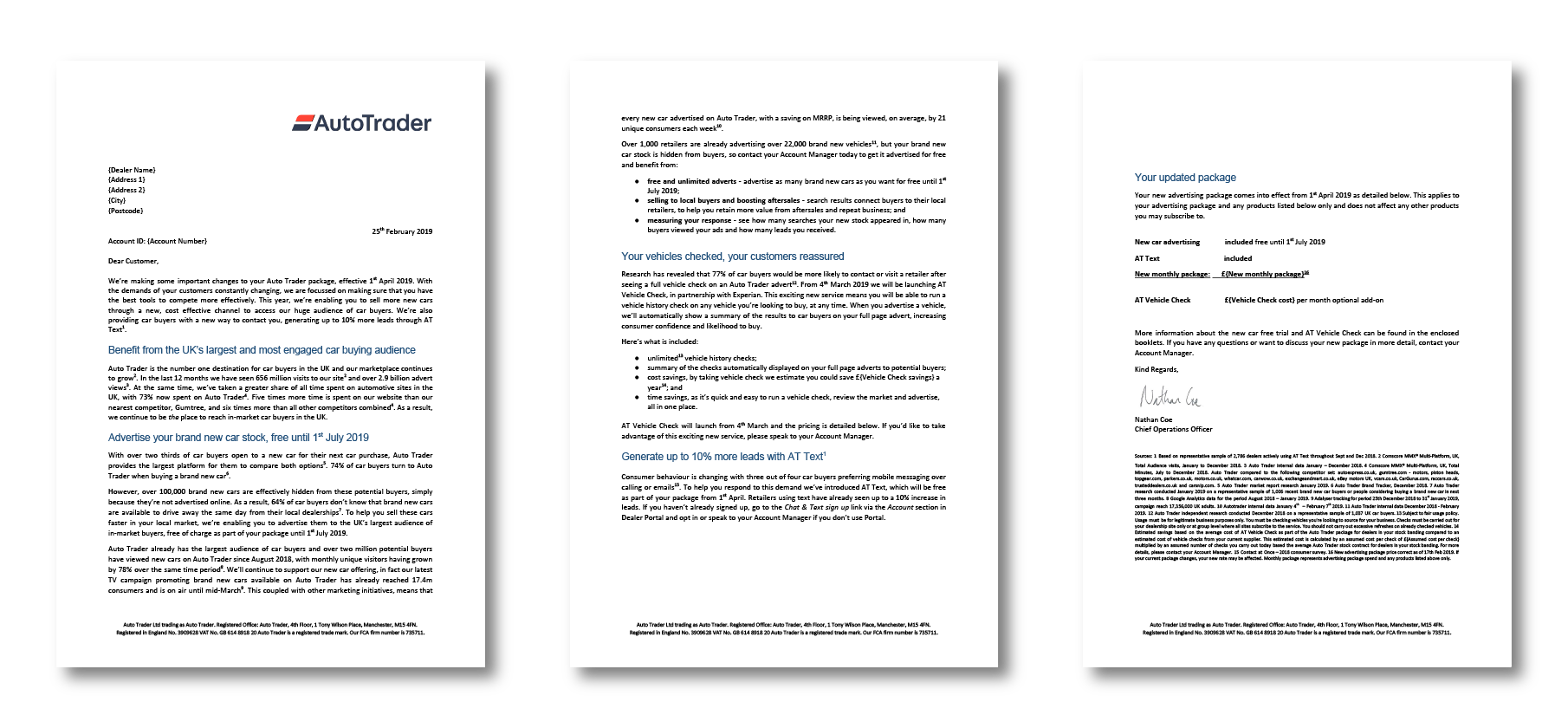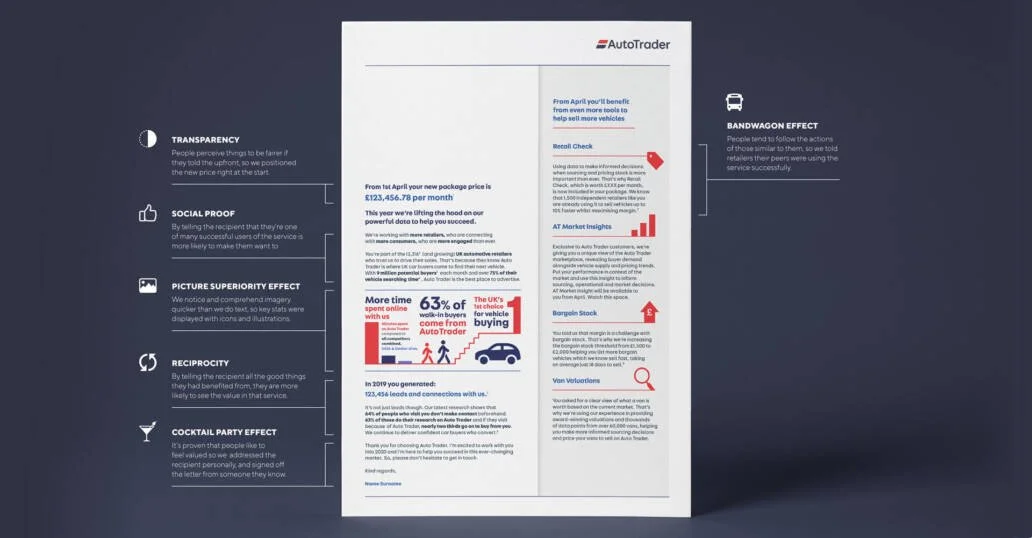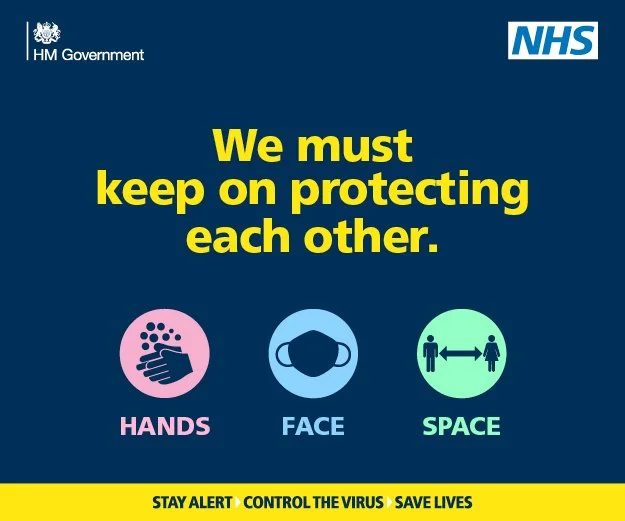Chunking bias
We’re more motivated to complete complex tasks when they are 'chunked' into manageable pieces.
What is the chunking bias?
Chunking is the widely accepted theory that lots of small bits of information are easier to digest than one long piece of prose.
It makes language easier to understand, decreasing effort and making it feel more straightforward. In turn increasing our motivation to read, or complete a task.
One example we can all relate to is trying to remember a phone number. It’s much easier to recall 9849523260, if we chunk it into: 98 495 232 60.
The evidence it works
In 1956, George Miller found that most people can hold about seven short chunks of information in their short-term memory. Meaning the human brain is limited to what it can retain and recall.
So, if we want people to take in more information, it’s better to split it up, or use chunking.
We may not always be able to stick to the magic number seven. But we can create and split content so it’s as concise and easy to understand as possible.
How it builds brand memorability
One of the key drivers of brand memorability is ‘Ease’.
If you make your brand easy to access, deal with and buy from, you’re going to build strong, positive connections that lead to memorability.
At the point of purchase, or during the journey to purchase, customer’s decision-making can be made easier by leveraging behavioural biases. And METRIC is our tool for harnessing the power of these biases - snap judgements that help the brain make quick decisions in context - for clients.
METRIC organises the biases into six categories - because these are the key ‘resources’ we always have to spend when make decisions. They are Money, Effort, Time, Risk, Individuality, and Conscious thought. Which handily spells METRIC.
So presenting choices in one of these six frames can tip the balance in comms.
How we've used it with clients
AUTOTRADER
For AutoTrader, we needed to explain to vehicle retailers that paying Auto Trader’s premium price represents a good investment for their business.
We turned their existing letter (below, top) from a long continuous prose into an engaging infographic style letter, leveraging several key behavioural biases including the chunking bias to ensure we could communicate a number of messages in a single piece of communication but still remain clear & digestible (below bottom).
Great examples of Chunking in marketing
The chunking bias to help keep messages clear and simple
The government used chunking in its comms for Covid safety.
‘Hands, face, space’ is deliberately chosen to be easy to follow, recall and therefore carry out.
The chunking bias to making a process of actions seem as easy as possible
Klarna demonstrates the simplicity of using their payment platform by breaking it into three simple steps that buyers can understand.





